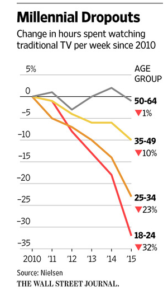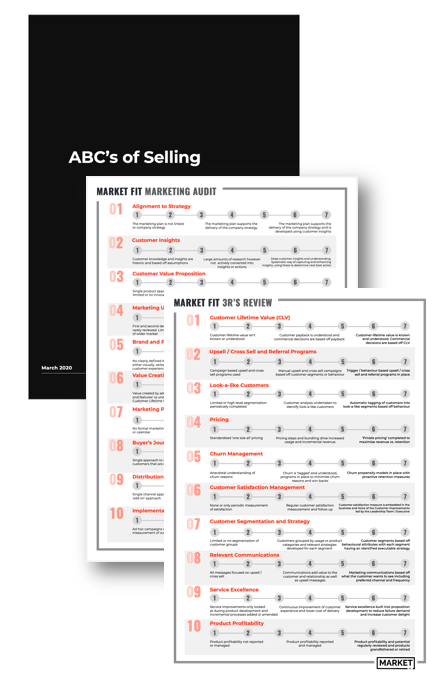My prior post ‘Everything I know about branding I learnt from TV’ generated a lot of feedback, and created somewhat of a stir… mainly amongst my media friends. Though in all fairness, just because I don’t watch TV I can’t simply assume no-one else does.
So let’s sense check – is TV still valuable as a vehicle for your brand? The results of a TVNZ effectiveness study seem to say yes – telling your brand story on TV is still a great way to get your message across. Here are the key findings of the study:
- Linear TV (and video in general) shows greater power than any other media to drive reach
- Adding online marketing to TV creates a synergy that increases brand impact and influence on consumer behaviour
This seems all well and good – but let’s not forget Google’s recent cross platform research. Fully 77% of TV watchers are multi-screening.
And even with that caveat the picture’s still far from rosy…
Who watches the most TV these days?
Regard
Millennials continue to switch from live TV to time-shift programming, using platforms like Hulu.
The only demographic without decline across five years is over 50s.
None of this means there aren’t still a lot of viewers. Even subtracting millennials from the pot, there’s still a massive target market.
But… when even a latter day darling of subscription/broadcast TV such as ESPN can lose 7 million subscribers in just two years, there’s a problem. Still relevant? With 92 million subscribers – of course. Managing a decline? Inarguably.
So what’s the answer? Is TV a relevant advertising platform?
Let’s nail some colours to the mast – if you want to reach an audience of under-35s broadcast TV is becoming irrelevant. It simply doesn’t have the reach it once had. On the other hand, TV remains an ideal way to reach the over-50s. The question when considering TV is simple – who’s your target demographic?
The reality is the media world has fragmented, the days of broadcast in its true sense are over. TV may still get you in front of a lot of people, but multiple channels are now the reality for any campaign seeking to get a message through effectively. Consumer behaviours are changing, and to stay in touch with their customer base brands need to move with these changes.
A whole new ball-game
This fragmentation has had another effect – brands these days are much more transparent. With information coming from a variety of places, consumers can no longer be convinced to believed brands are what they say they are. They now judge brands on what they do.
We’ve talked before about the “moment of truth” – the point at which your customer’s experience of your product or service is formed. In a social media-driven environment, this ‘moment of truth” is now shared pretty fast – and in a fragmented media world it’s no longer possible for a brand to control the narrative through simple triggers like increased ATL spend.
In a world where 60% of consumers research products through multiple online sources – with social networking sites often playing a lead brand or retailer discovery role – I’d think the writing is well and truly on the wall for TV as we used to know it.
Takeaways:
- Though TV may remain an important part of your channel mix it’s all but irrelevant in reaching millennials
- Your channel mix needs breadth to effectively get your message across
- A customer’s experience is more important than things you say about what you do
- Social media and networking platforms are extremely influential





